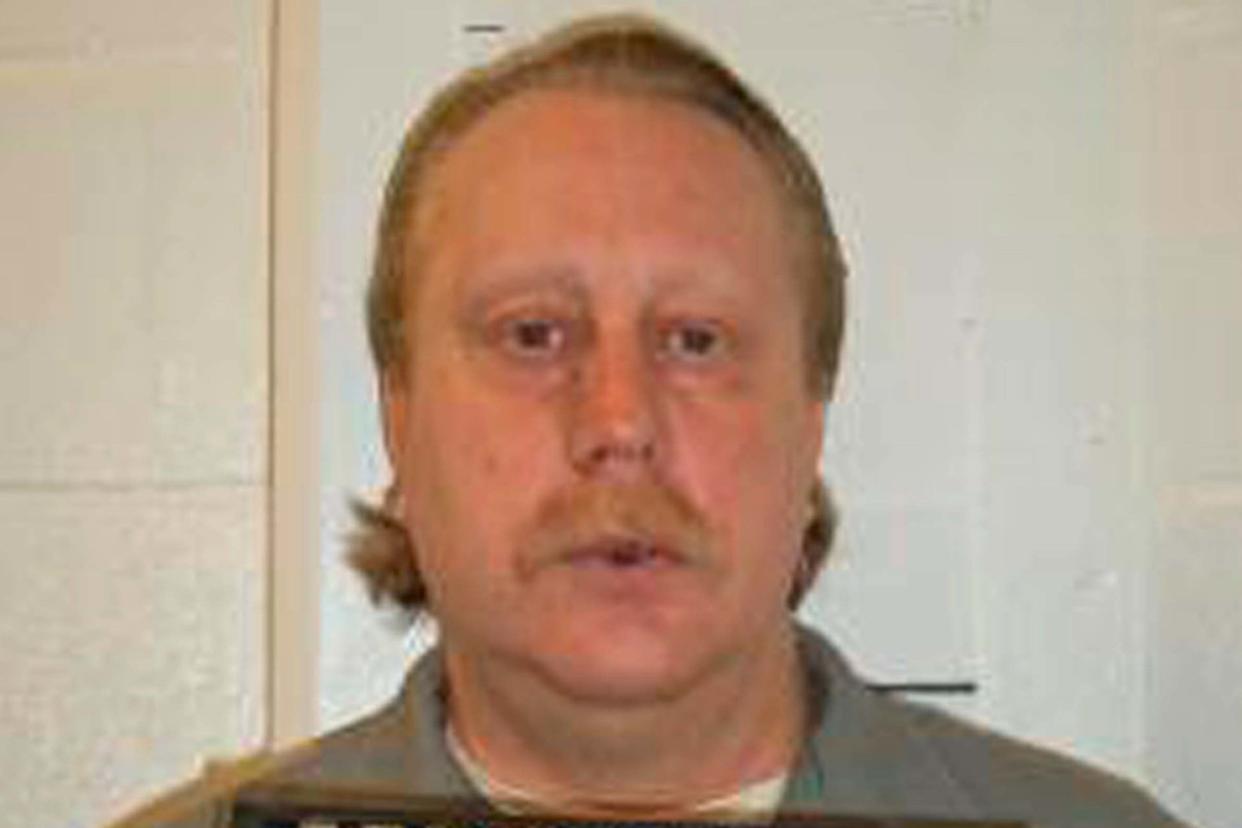Death row inmate executed by lethal injection despite fears of painful death

A prisoner convicted of murder has been executed in the US despite concerns that a lethal injection combined with his rare medical condition would cause a horribly painful death.
Russell Bucklew was put to death in Missouri, for killing a man in 1996 during a series of violent crimes.
Bucklew had a condition called cavernous hemangioma which left him with blood filled tumours in his head, neck and throat.
The inmate breathed with help from a tracheostomy tube.
He had twice been reprieved by the US Supreme Court, in 2014 and 2018, over concerns he might suffer during the execution process.
“I believe very strongly that Rusty was and is worthy of... mercy,” Jeremy Weis, the prisoner’s lawyer said.
“I think he’s demonstrated that over the past 23 years that he’s remorseful for his terrible actions,” he said according to KCUR.
In April the Supreme Court considered Bucklew’s case for a third time.
The court decided he could be executed as the legal injection would not violate the Constitution’s ban on “cruel and unusual punishment.”
Bucklew’s legal team, human rights groups and death penalty opponents, including all four Roman Catholic bishops in Missouri and the American Civil Liberties Union (ACLU), urged Missouri’s conservative governor Mike Parson to grant the inmate clemency.
Mr Parson, a Republican, denied the request, despite the ACLU presenting him with petitions which they said included more than 57,000 signatures asking him to consider the request.
Cheryl Pilate, another of Bucklew’s lawyers, said several steps were taken to try to ensure that the inmate didn’t suffer.
The prisoner was sedated prior to the execution and places on an elevated gurney to help prevent him from choking.
“We believe the significant efforts that went into making this a less horrible process were beneficial,” she said.
Bucklew looked around and twitched his feet just before the injection was administered.
He then took a deep breath and all movement stopped. Bucklew showed no outward signs of distress.
Missouri uses a single dose of pentobarbital in its lethal injections but has refused to say where the drug is sourced from, which increased fears around Bucklew’s execution.
Bucklew was sentenced to death row after killing a man in March 1996.
The inmate’s former girlfriend, Stephanie Ray, left him on 14 February 1996.
Over the next month, according to court records, Bucklew harassed Ray, cut her with a knife and punched her in the face.
Fearing for her life, the woman moved into a mobile home with Michael Sanders, her new boyfriend and his children.
Bucklew stormed the home in 21 March, brandishing a shotgun. He fired two bullets, one of which hit Sanders’ lung.
Sanders bled to death. Buckley then shot at the man’s six-year-old son but missed.
He then struck Ray in the face with a pistol, handcuffed her, dragged her into a car and raped her.
He later drove, with her in the car, along a local motorway.
A state trooper spotted the vehicle and engaged the man in a gunfight.
Bucklew was arrested and jailed. He later escaped and attacked Ray’s mother with a hammer, before being recaptured.
Ray, who later changed her surname to Shufitt, died in 2009, aged 34, according to KFVS.
She was shot in the chest by her estranged husband, who then killed himself.
Additional reporting by agencies

 Yahoo News
Yahoo News 
